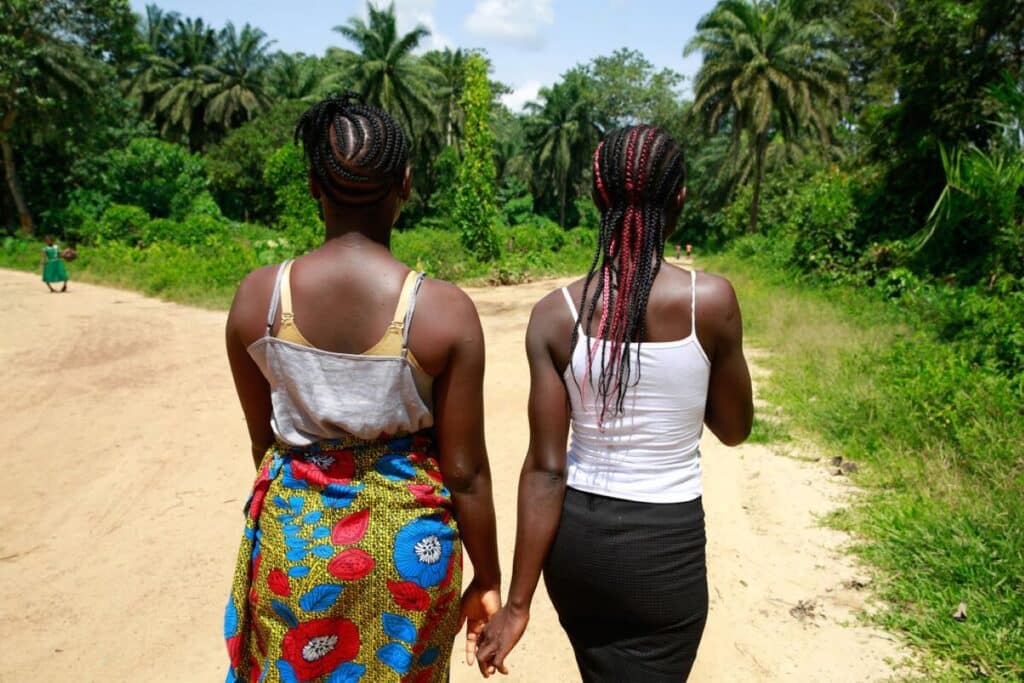The number of girls at “extreme risk” due to both climate change and child marriage will increase by 33 per cent to 40 million by 2050. Meanwhile, new analysis shows around two-thirds of child marriages happen in regions that face higher than average climate-related risks.
These figures come from a new report from Save the Children, Girls at the centre of the storm: Her planet, her future, her solutions, released to mark this year’s International Day of the Girl.
The report shows that an estimated 29.9 million teenage girls currently live in the world’s top 10 “child-marriage-climate hotspots”, referring to nations that carry the highest chance that a girl will be both married as a child and impacted by the devastation of climate disasters.
The compounding impact of child marriage and climate change on girls has created these hotspots in Bangladesh and sub-Saharan Africa, with the worst affected nations being Central African Republic, Chad and Guinea. These countries are also severely impacted in many cases by conflict, poverty, gender inequality and hunger.
Meanwhile figures from Save the Children show that in 2021, an estimated 4 million girls in low income countries did not complete their education because of climate-related events.
CEO of Save the Children International, Inger Ashing, said it’s time we recognise that the climate crisis is an emergency for girls’ rights globally.
“This research shows yet again the extent to which the climate crisis is jeopardising children’s rights – particularly the rights of girls,” Ashing said.
“The risks to girls are real. It’s the risk of sexual harassment and abuse girls face in the chaotic aftermath of a disaster, where overcrowding and lack of safe services leave them exposed. It’s being forced to marry before they reach 18, as families, impoverished by years of droughts, are going hungry and having to make impossible decisions about whose mouths to feed.”
Child marriage can have life-long consequences for a girls life, according to Save the Children, with girls much less likely to complete their education while facing a much higher risk of physical and sexual violence, and greater health risks during pregnancy and childbirth.
Ashing points out that less than 2 per cent of national climate plans globally mention girls, or give consideration to their specific needs and involvement of girls in decision-making.
“Girls are demonstrating extraordinary resilience in the face of these challenges, yet their demands and solutions are rarely included in discussions about the planet they will inherit. This is unacceptable,” Ashing said.
“Urgent and effective investment is key to adapting to climate change, and is particularly critical for children, especially girls who are highly susceptible to the short and long-term impacts.
“Current spending almost ignores children entirely – this needs to change.”
Kpemeh* from Sierra Leone
When Kpemeh* from Sierra Leone was 12-years-old, a man expressed his interest in marrying her. Her parents – subsistence farmers impacted by the climate crisis – felt financially pressured to agree to the marriage. Thankfully, Save the Children helped Kpemeh avoid the marriage, and she is now an advocate for girls’ education.

“[Child marriage] happens because of poverty. If a man has money, for example if he harvests palm fruits, he can harvest, process and sell it and support the [girl’s] family by giving them some palm oil,” Kpemeh says.
“A man expressed interest in marrying me, but I declined. Subsequently, he approached my parents, expressing his desire to marry me. I said I am going to school. Their response was that you have to get married. If the man said he will support you, won’t you agree to him?
“The climate has changed and our parents rely on farming. Rain does not fall when it is supposed to fall. It rains in both dry and rainy seasons, it rains when it’s not rainy season…and rains when it’s dry season.”

